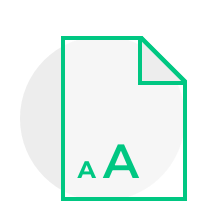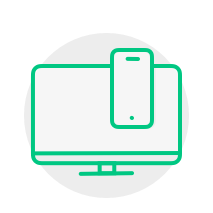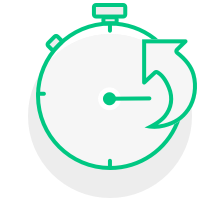SMC* is a global industry-leading private medical treatment provider with 20 specialist centres across the UK. On the HCP side, SMC prides itself on leading the niche of its industry with advanced medical technology
and exceptional experts, while on patient-facing channels focus is on providing exceptional care throughout treatment.

How can we retain the same content across both outputs, while making it more digestible for digital format?

How will resizing type across both print and digital simultaneously affect pagination in print?

Should elements in the content flow stay in the same order or move depending on the format?

How can spacing problems in digital flow be resolved without differing content from the digital version?

How can we include interactivity only in the downloadable format without changing the content?

How can we design the brochures for a future where readers move more toward mobile viewing?

What interactivity can we include which would be supported across all PDF readers?

How can we achieve minimal design time whilst producing both outputs?
